No products in the basket.
- Home
- About
- Shop
- Brands
-

Aino (14)
-
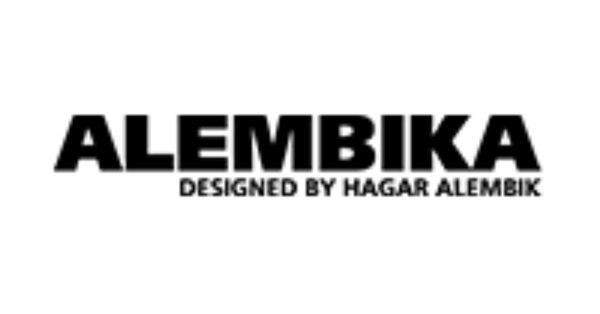
Alembika (12)
-
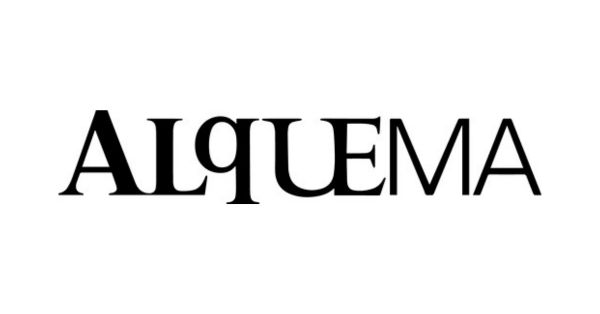
Alquema (15)
-

Ana Alzacer (6)
-
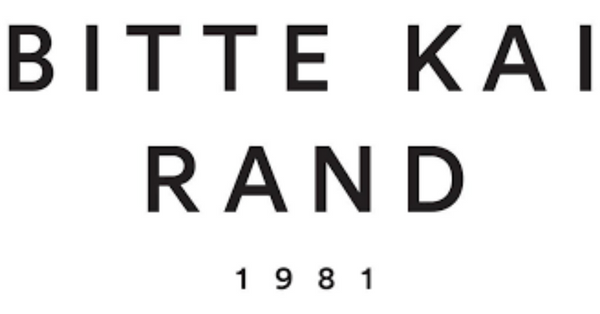
Bitte Kai Rand (14)
-

BIZE (19)
-

By Basics (1)
-
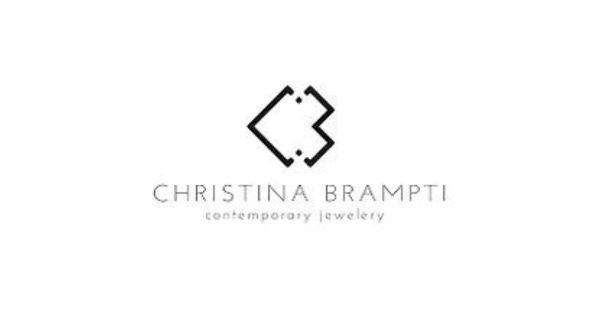
Christina Brampti (17)
-
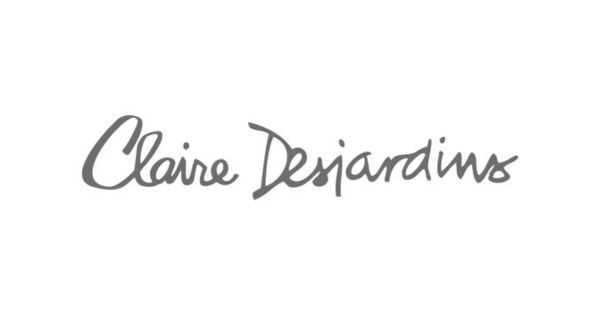
Claire Desjardins (3)
-
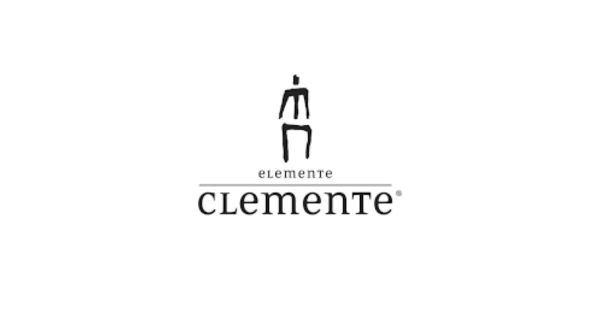
Clemente (4)
-

Danwear (1)
-
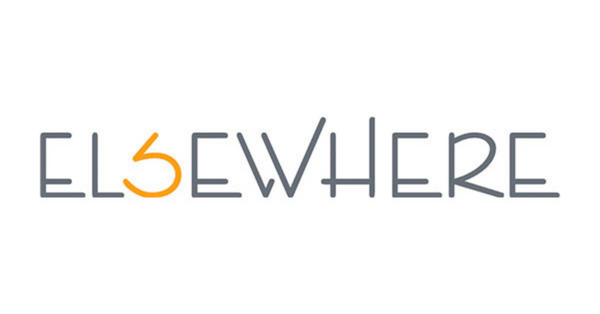
Elsewhere (8)
-

Estheme Cashmere (14)
-
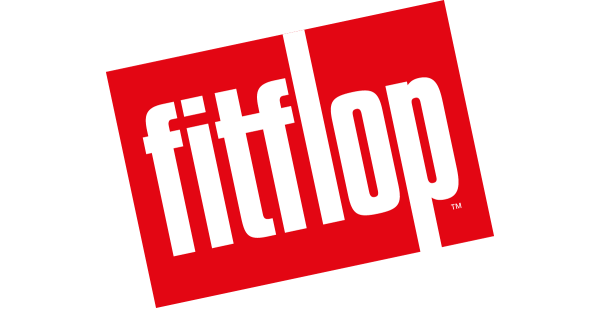
FitFlop (9)
-
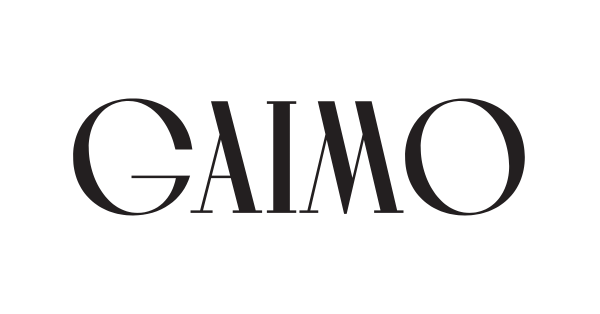
Gaimo (8)
-
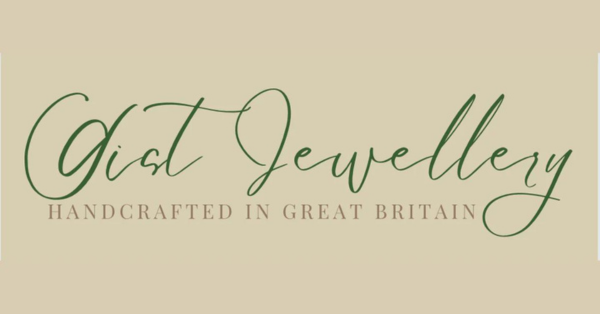
Gist Jewellery (5)
-

Grizas (33)
-

Harley of Scotland (2)
-

Henriette Steffensen (49)
-
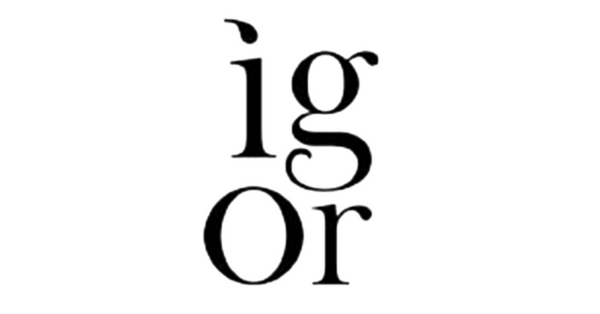
Igor (4)
-
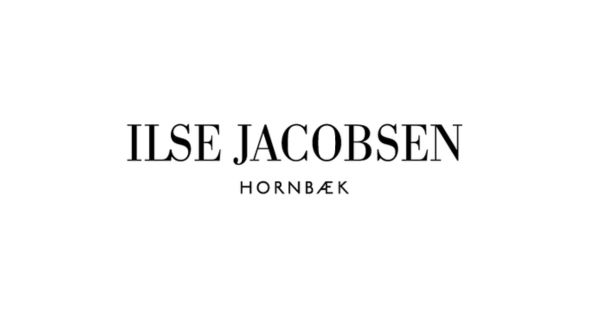
Ilse Jacobsen (26)
-

In Wear (7)
-

Jianhui (10)
-

Katrina Vassou (23)
-

Kopka (11)
-

Kozan (9)
-

La Haine (8)
-
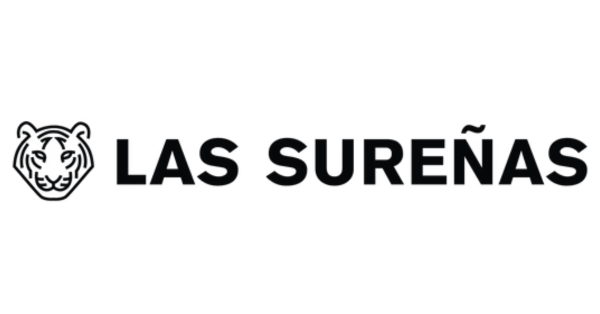
Las Surenas (3)
-

Laurie (9)
-

Lofina (5)
-

Lotus Eaters (2)
-

LoveRocks (4)
-

Lurdes Bergada (1)
-

Luukaa (6)
-

Marella (35)
-

Max Mara Weekend (16)
-
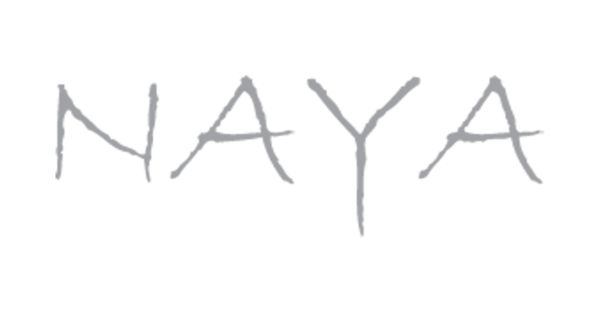
Naya (33)
-

No Name (5)
-
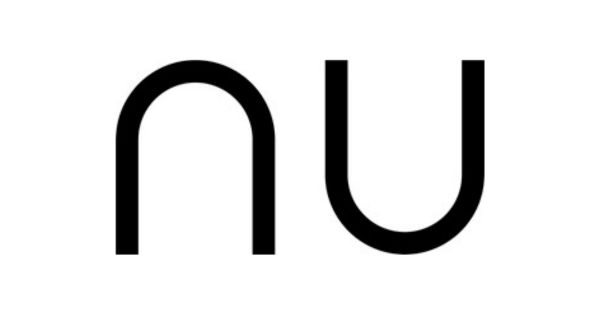
Nu (8)
-
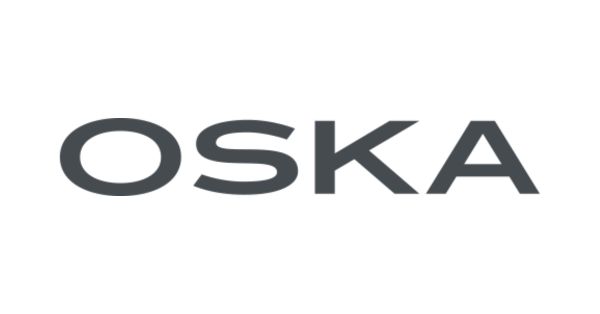
Oska (15)
-
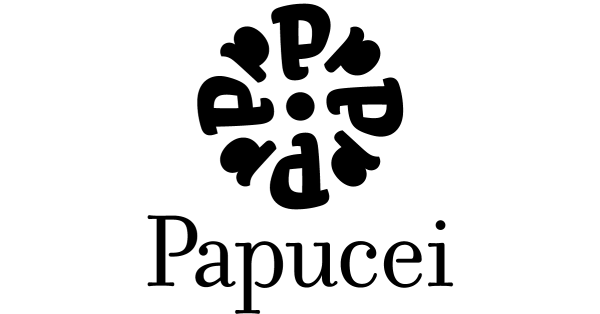
Papucei (3)
-

Philomena Christ (7)
-

Rainkiss (13)
-

Rundholz (16)
-
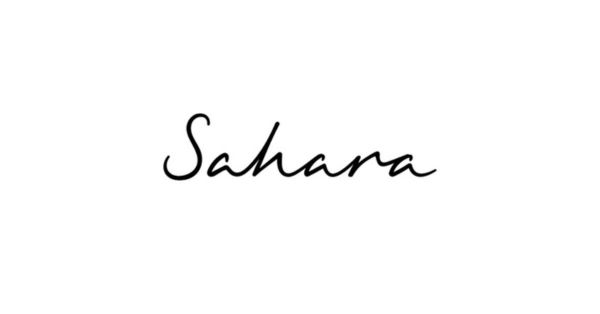
Sahara (37)
-

Sara Roka (7)
-

Tirelli (23)
-

Uchuu (5)
-
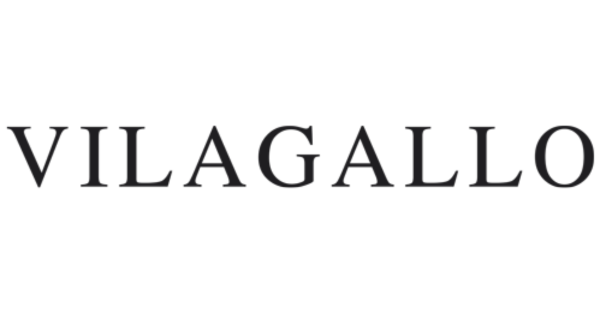
Vilagallo (17)
-

Xenia (13)
-

Yacco Maricard (27)
-

Yellow Label (2)
-
- Contact
- ···
Menu
- FREE Returns (Except Sale Goods)
- FREE Delivery over £150
- 14 day Return Policy (Sale Goods 7 days)








